Dog Domestication: A Tale of Alaskan Canids and Human Companionship
Anthropology.net
DECEMBER 4, 2024
However, the journey to this unique bond between humans and canines was far from straightforward. A new study 1 suggests that in prehistoric Alaska, humans repeatedly domesticated and lived alongside not just dogs but also wolves, wolf-dog hybrids, and even coyotes. Selected terminal Pleistocene/Early Holocene specimens ( C.



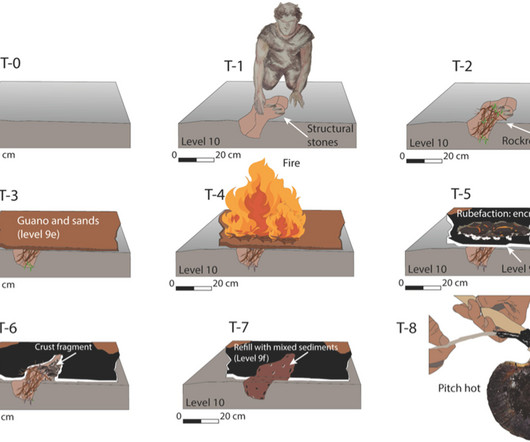

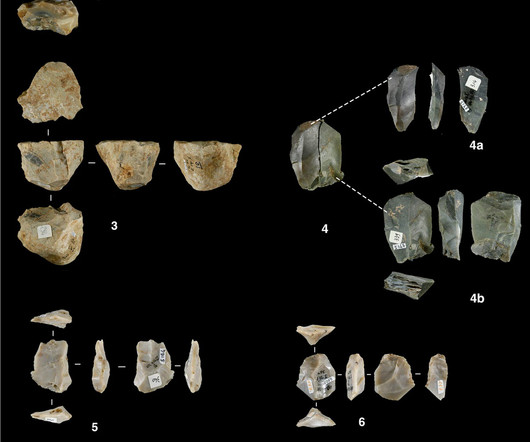



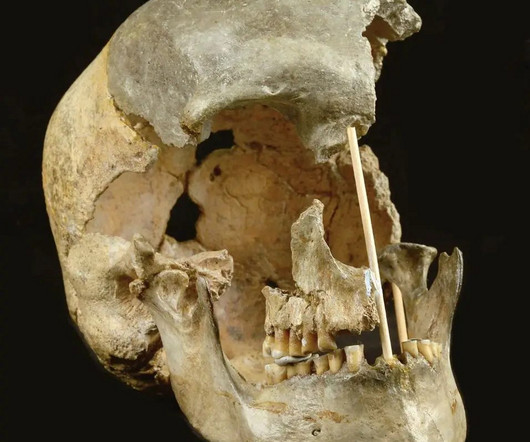
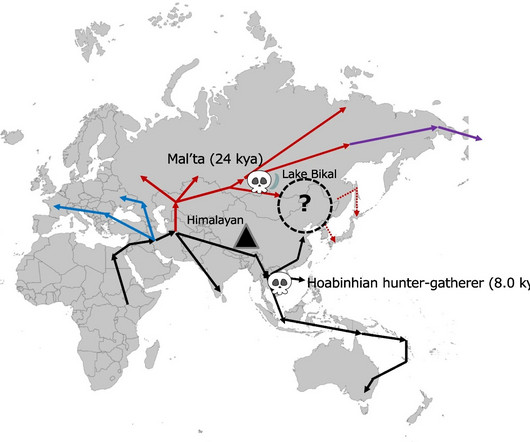


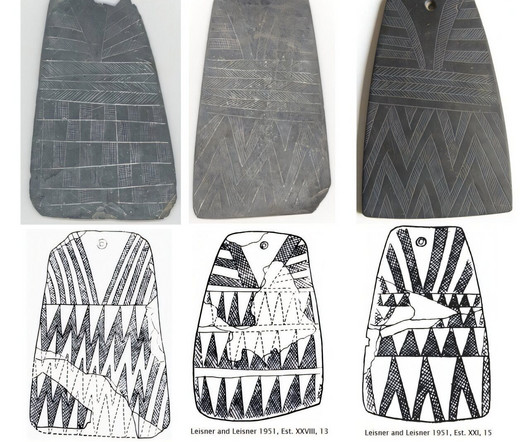










Let's personalize your content